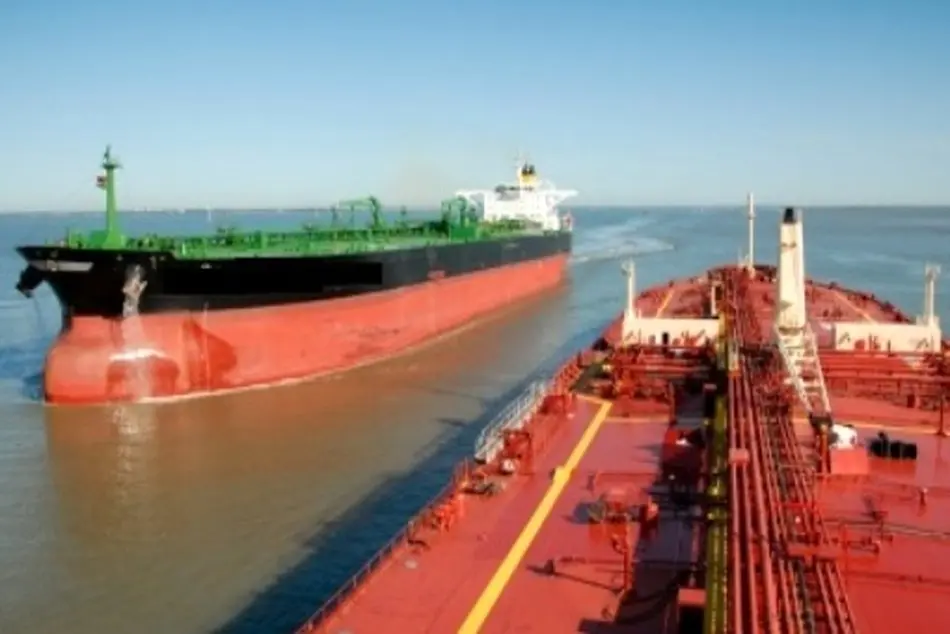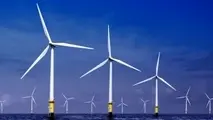Offshore rig market must drill deeper to achieve a lasting turnaround, says MSI

Analyst begins quarterly sector coverage by contrasting recent market optimism with the impact of rig utilisation rates on near-term earnings
London, June 6, 2017. Maritime Strategies International (MSI), a leading independent research and consultancy, has forecast a challenging earnings environment for the offshore rig market during the next two years.
In the first of its new quarterly sector reports, MSI compares the current market to the slump of the 1980s. Its data model shows the rig market to be in an even deeper hole than 30 years ago, with fleet utilisation and the supply/demand balance a cause for caution on the earnings outlook.
This is despite a palpable shift of sentiment in the jackup rig market, with recent deals such as Borr Drilling’s takeout of the Transocean jackup fleet and two modern Hercules jackups establishing solid price expectations and for many marking a bottom to the market.
“The question we have considered is whether this recent activity heralds the beginnings of a broad-based industry turnaround and our conclusion is not just yet – at least for some market sectors,” says MSI Senior Analyst James Frew. “This is not least because rig earnings are not simply a function of the oil price but also the fleet utilisation. Factoring in the supply/demand balance provides further evidence of why MSI are more cautious.”
In 1986, earnings for a third generation semi-submersible slipped below $50,000/day (and had been falling since their 1981 peak at around $90,000/day) while earnings remained below the $50,000/day mark for the remainder of the decade. Like today, there were shards of optimism amongst the pain – dayrates went up by 10% in 1989 – but overall it remained a bleak market.
Today, global floater utilisation is currently below 50%, whereas in the 1980s the utilisation rate only dipped below 70% for two years. Even excluding cold-stacked rigs from the analysis, utilisation rates in the floater market for 2017/18 remain below the levels seen in 1987/88.
If demand increases, the pool of ready-stacked rigs is intimidating even if cold-stacked rigs are excluded (15% of floaters are cold-stacked, whilst nearly a third are ready stacked).
Jack-up rigs are also suffering, but have slightly more favourable dynamics largely because their biggest market – the Middle East – has scarcely seen any reduction in rig activity. Jack-up utilisation has held up better at around 60%, whilst cold stacked jack-ups represent only 12% of the fleet.
“Overall MSI believes that the rig market is not yet out of the woods,” adds Frew. “We expect dayrates for a Sixth Generation semi-submersible to average around $170,00/day in 2017 – down about 5% relative to 2016 levels – rising to a shade under $190,000/day on average in 2018. More positively, by 2020 our projection show dayrates rising to over $300,000/day.”
Modern jack-ups will outperform floaters over the next three years, as they are propped up by demand from NOCs in the Middle East and SE Asia, but will also see earnings at disappointing levels.
